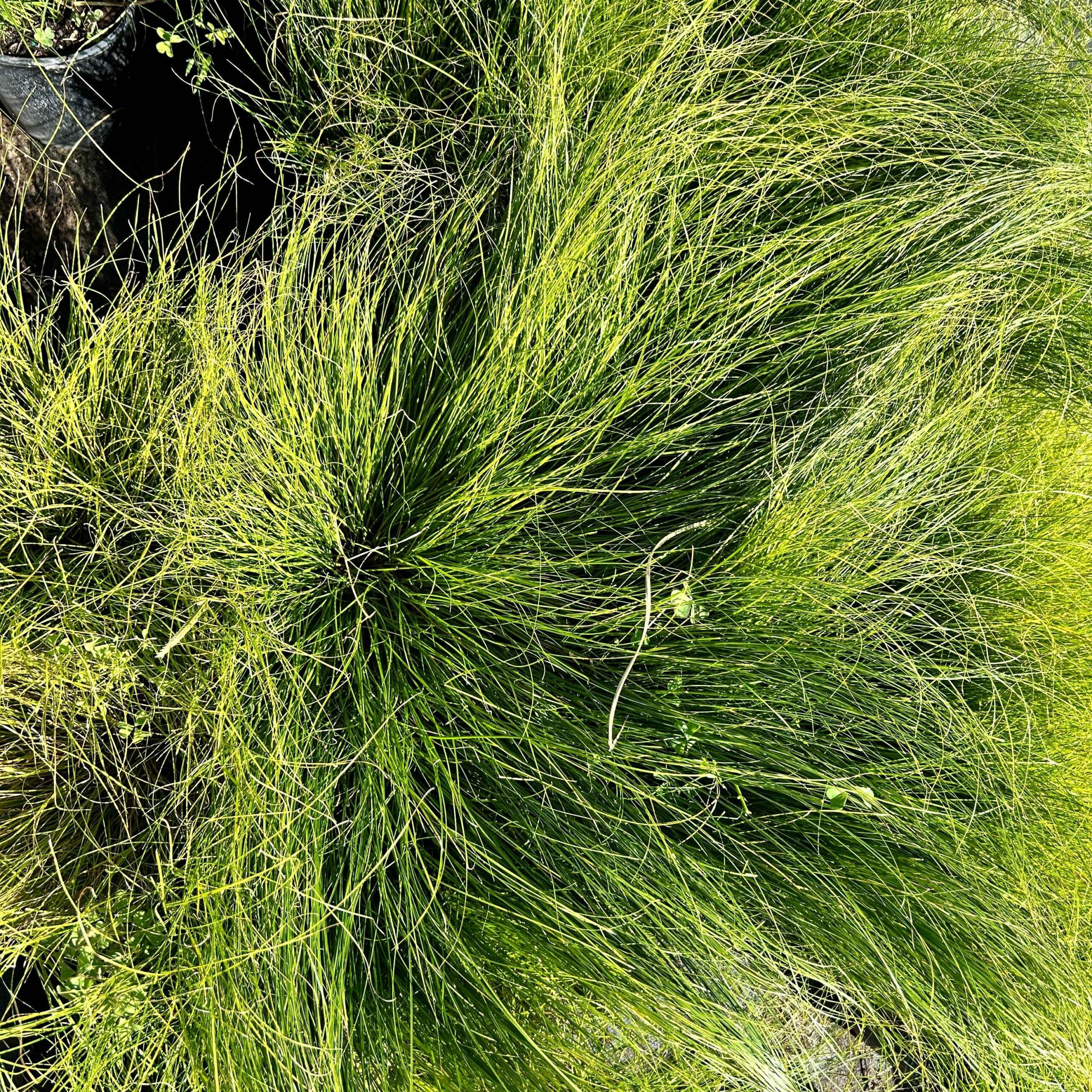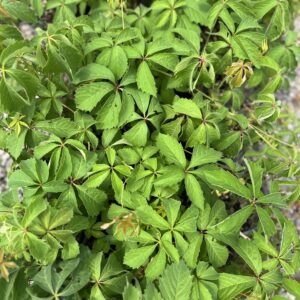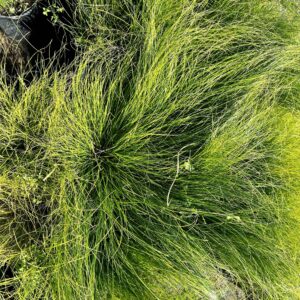Overview
Texas Sedge, scientifically known as Carex Texensis, is a versatile and attractive ornamental grass that adds beauty and texture to gardens, landscapes, and natural areas. Native to Texas and other southeastern regions of the United States, this low-maintenance perennial is celebrated for its fine-textured foliage and adaptability to various soil types.
Typical Uses
Texas Sedge is commonly used as a ground cover, providing a lush, green carpet that is both aesthetically pleasing and environmentally beneficial. Its graceful arching leaves create a visually appealing display in both sun and partial shade, making it a versatile choice for a wide range of landscaping applications. Additionally, Texas Sedge is well-suited for erosion control on slopes and can be planted around water features or in rain gardens.
Establishment and Care Instructions
Planting: Choose a location with well-drained soil and either full sun or partial shade. Dig a hole slightly larger than the root ball, place the Texas Sedge, and backfill with soil. Water thoroughly after planting.
Watering: Once established, Texas Sedge is drought-tolerant, but regular watering during dry spells is beneficial. Water deeply to encourage a robust root system.
Pruning: Minimal pruning is required. Remove any dead or damaged foliage in late winter or early spring to promote new growth.
Fertilizing: Texas Sedge is not heavy feeder; however, a balanced, slow-release fertilizer in spring can enhance its overall health and appearance.
Special Features
Texas Sedge stands out with its fine, arching leaves that create a soft, flowing texture. It is a resilient plant, adapting to various soil conditions, including clay and sandy soils. Its ability to thrive in both sun and shade makes it a versatile choice for landscaping, providing year-round interest and serving as a valuable component of sustainable gardening practices.






Reviews
There are no reviews yet.